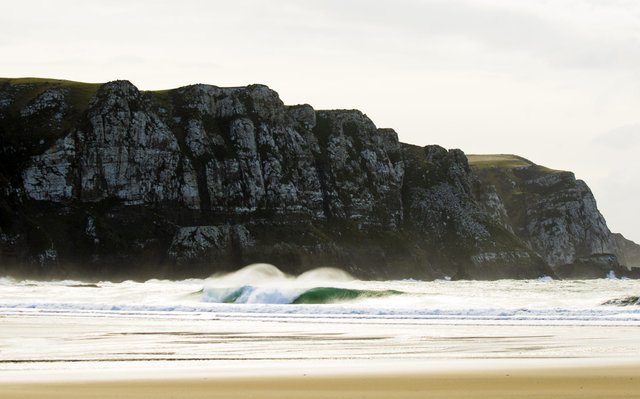Does Tide Affect Surf Conditions? Is There a Best Tide to Go Surfing?
Have you ever wondered how tide influences surf conditions, and whether or not there is a “best” tide for surfing? Surfline’s Jonathan Warren weighs in on this oft-misunderstood topic below.
“Tide is the periodic rise and fall of the waters (measured vertically) of the ocean and its inlets or big lakes. This phenomenon is produced by the attraction of the moon and sun. The tide has a sinusoidal~ pattern between levels of maximum high tides and a minimum low tides every day.

Now, how this affects surfing?… Well, every break has it’s favored tides, which is mainly due to the bathymetry of that specific break. However, usually most spots favor a ‘low going high’ or when the tide is on the rise, ‘filling in’. This is the believed “tidal push” which may help the forward momentum of waves. The tide is pushing in as the waves move in, toward a common direction, a surge if you will. Whereas, an outgoing tide may counter the the incoming momentum of waves to a very small degree. However, keep in mind that this is all speculation, as this subject is still under research.
“Swells will decay at a faster rate as bottom friction/drag plays more of a role, stripping energy from the swell.”
On incoming tides, the deeper water enables the raw swell energy to move a little closer to shore with less of a friction factor from the bottom. Again, this depends on the nearshore bathymetry and the continental shelf. Swells will decay at a faster rate as bottom friction/drag plays more of a role, stripping energy from the swell. Some tidal swings are drastic and very noticeable with the affects it has on the local surf, as others tidal changes are minimal and have little effect.
Some spots are best when the tide is full on high or low (depending on the spot). However, too high of a tide for most spots will swamp the surf out (fat/slow/mushy), with the waves breaking more onto themselves rather than top to bottom. If the swell is too small and the tide is too high, the waves may not even break until hitting the actual beach (ie, flat). Too low a tide may drain things out (suck the life out of the swell). So, for each break, one should learn what tidal ranges work best during different swells (angle, period, size). The ideal tide range for each spot is when the swell/bathymetry relationship is at its max potential to produce quality surf.”
To the question in your title, my Magic 8-Ball says:
Hi! I'm a bot, and this answer was posted automatically. Check this post out for more information.
Please Upvote➜https://steemit.com/christianity/@bible.com/verse-of-the-day-revelation-21-8-niv